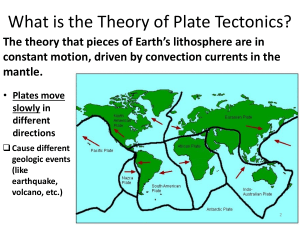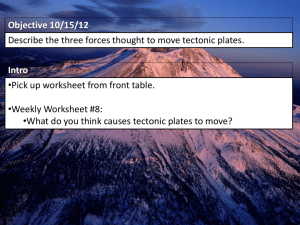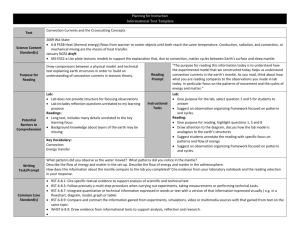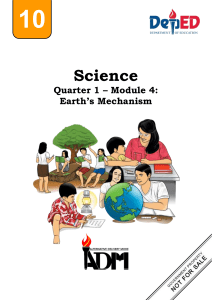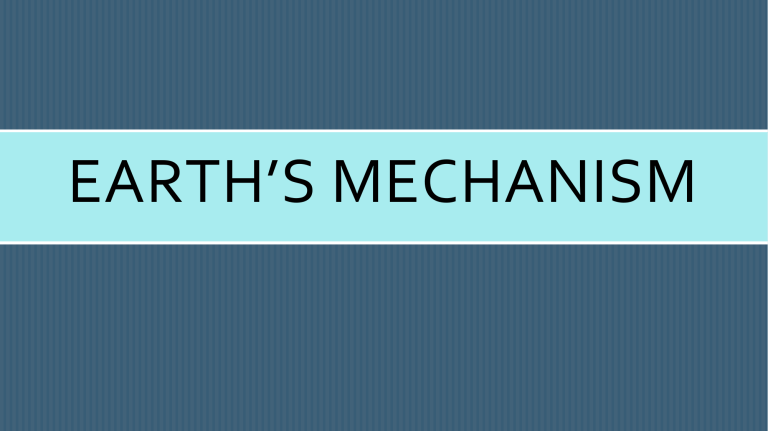
EARTH’S MECHANISM WHAT MAKES LITHOSPHERIC PLATES MOVE? A convection current is a heat transfer process that involves the movement of energy from one place to another. The convection currents tend to move a fluid, gas particles, or molten rock. These are due to the differences in the densities and the temperature of a specific gas or a fluid. Due to this temperature difference, the hot fluid tends to rise as it expands, whereas cold fluid tends to sink because it contracts. Convection is one of the kinds of heat transfer. Convection current also happens in the mantle. The mantle is the second inner layer of Earth, made up of mostly hot rocks and magma. It is a very hot layer because of the heat generated by the core. The source of heat from the core is due to the decay or breakdown of radioactive elements. Mantle convection is a process by which thermal convection occurs in the inner layer of the earth. The differences in the temperature at the Earth’s interior and surface cause convection currents to occur within the mantle. Lithospheric plates are the parts of the uppermost layer of the Earth, and they are flowing in an area called the asthenosphere. The asthenosphere is a soft, less rigid upper part of the mantle where the lithospheric plates float and move around. Plates move slowly and continuously when the hot less dense material rises. The rising hot material cools down in a certain area. Hence, it becomes denser than the cool, dense material sinks that creates convection cell, with hot rising currents and cool sinking currents are regularly repeated and become a cycle. The movement of the lithospheric plate is attributed to mantle convection and considered as one of the driving mechanisms for plate motion. The lithosphere at the divergent boundary will uplift and tear apart due to the rising of hot magma. The sinking of magma pulls down the tectonic plate at a convergent boundary.
